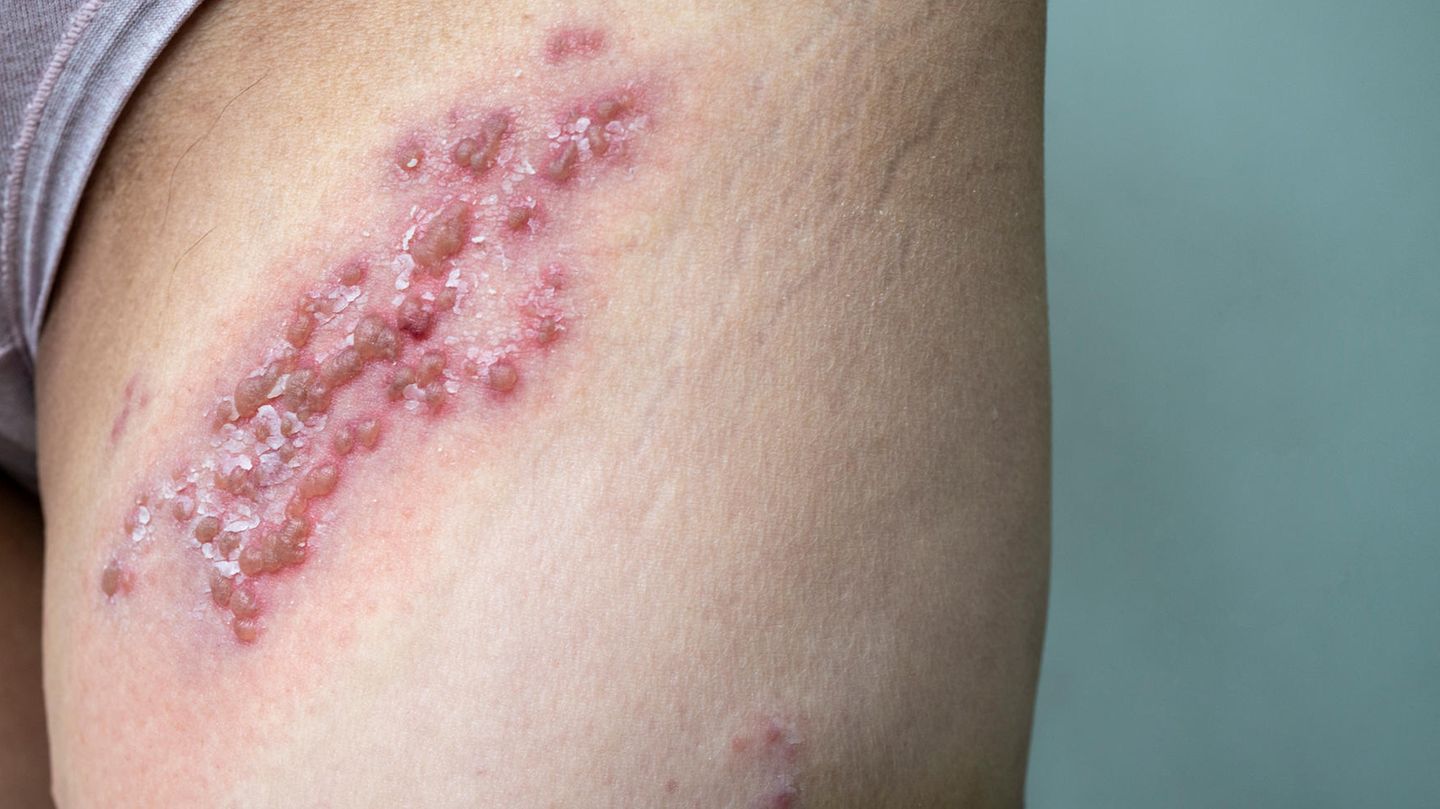I’m Caroline, a journalist and author for 24 Hours Worlds. I specialize in health-related news and stories, bringing real-world impact to readers across the globe. With my experience in journalism and writing in both print and online formats, I strive to provide reliable information that resonates with audiences from all walks of life.
Menu
These diseases can be avoided thanks to vaccination
Categories
Most Read
Children with a cold: How many infections are normal for little ones?
October 18, 2025
No Comments
Cell Phone Regret: She grabs me and shakes me
October 17, 2025
No Comments
New column “The Feeling of the Week”. This time: cell phone regret
October 17, 2025
No Comments
Time change 2025: Expert explains in video why we are turning the clock
October 17, 2025
No Comments
Patches for frown lines: These products have an anti-aging effect
October 17, 2025
No Comments
Latest Posts

Fundraising gala in Los Angeles: Kim Kardashian with her head covered at the gala
October 19, 2025
No Comments
Lisa HarrisI am an author and journalist who has worked in the entertainment industry for over a decade. I currently work as a news editor

Klaus Doldinger: Udo Lindenberg says a moving farewell
October 19, 2025
No Comments
Lisa HarrisI am an author and journalist who has worked in the entertainment industry for over a decade. I currently work as a news editor

Diplomacy: German ambassador temporarily leaves Georgia
October 19, 2025
No Comments
IvanI have been working in the news industry for over 6 years, first as a reporter and now as an editor. I have covered politics
24 Hours Worlds is a comprehensive source of instant world current affairs, offering up-to-the-minute coverage of breaking news and events from around the globe. With a team of experienced journalists and experts on hand 24/7.

